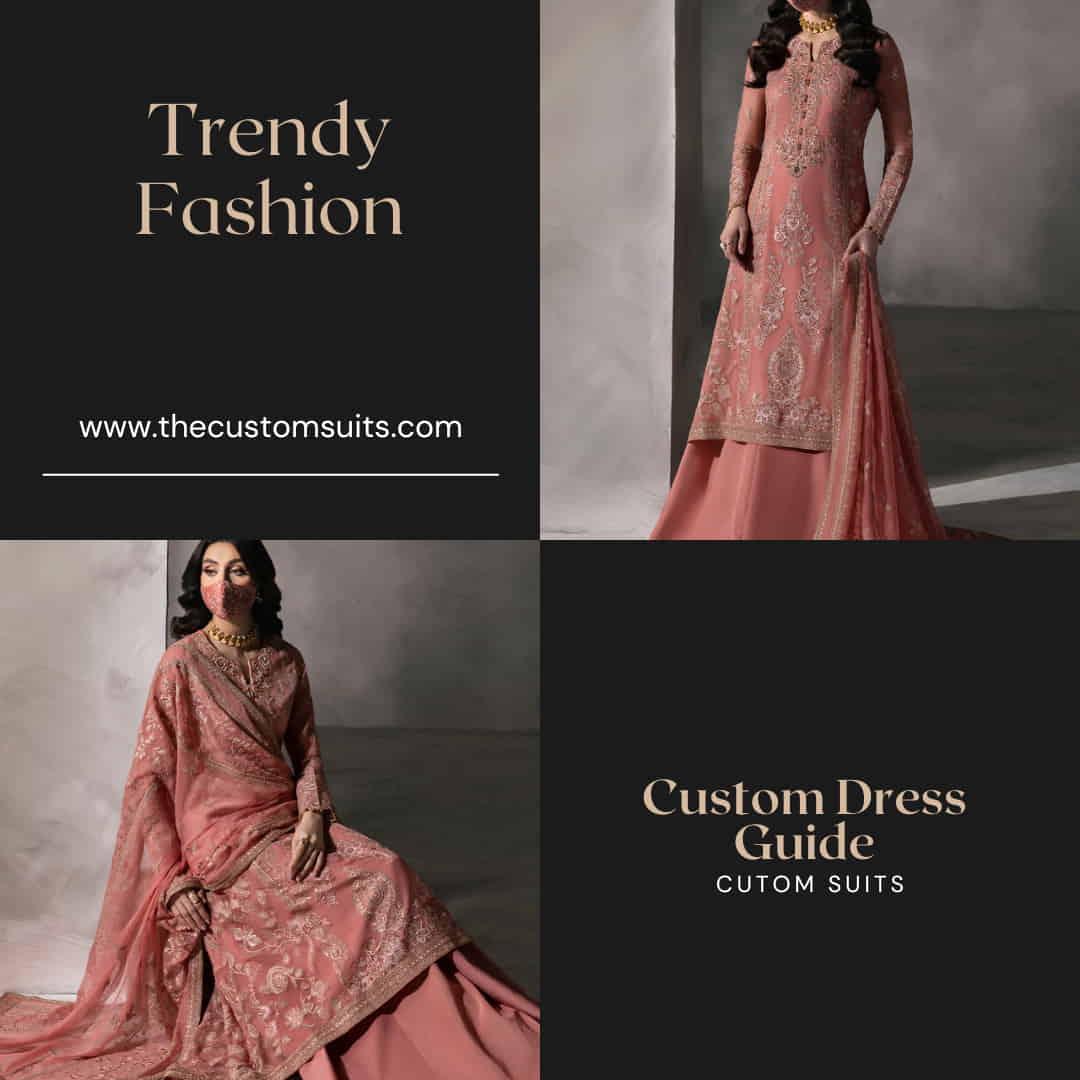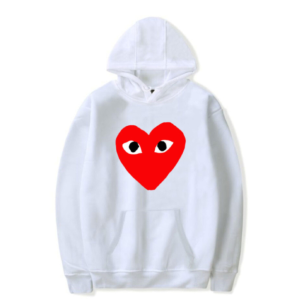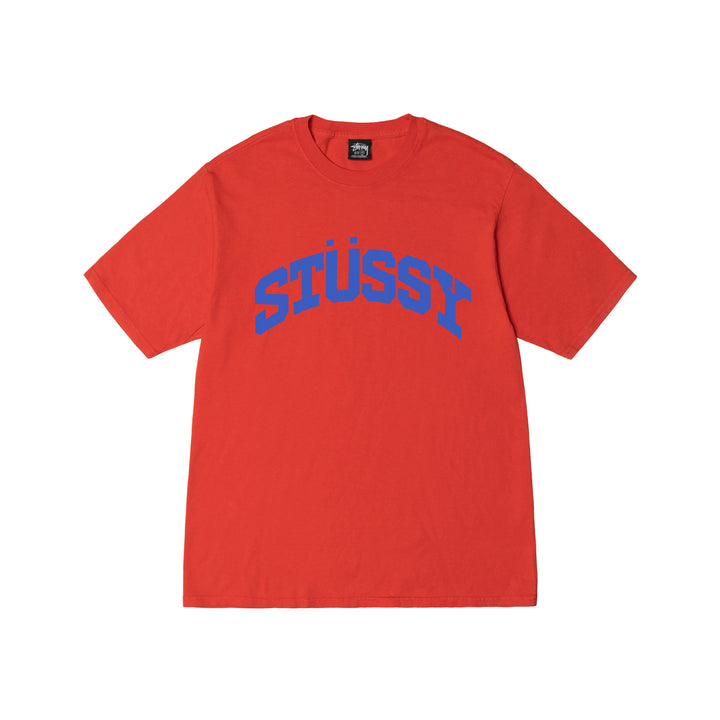Tailoring is a timeless art, blending tradition, craftsmanship, and innovation. Across Pakistan and the USA, tailoring trends reflect cultural identity, modern fashion preferences, and technological shifts. While Pakistan thrives on heritage-driven tailoring, rooted in centuries-old embroidery and traditional garments like shalwar kameez and sherwanis, the USA has championed modern cuts, bespoke suits, and contemporary streetwear.
The year 2025 marks a fascinating intersection for tailoring trends in Pakistan & USA. Global fashion influences, digital tailoring apps, sustainable fabrics, and celebrity-driven styles are reshaping how clothes are designed, stitched, and worn. Understanding these evolving trends helps us see how fashion is no longer limited by borders—it’s a global language of style.
Traditional Tailoring in Pakistan
Pakistan’s tailoring legacy is deeply tied to its cultural roots. The shalwar kameez, the national dress, remains the most widely tailored outfit, adapted for men, women, and children across regions. Tailors often personalize these garments with embroidery, lacework, and modern cuts while still retaining traditional elegance.
Sherwanis, worn during weddings and formal events, showcase hand-embroidered detailing, luxurious fabrics, and intricate threadwork. Regional tailoring is another highlight: Sindhi ajrak prints, Punjabi phulkari embroidery, and Balochi mirror work each bring diversity to Pakistani tailoring. These traditions not only preserve cultural identity but also attract global buyers seeking authentic craftsmanship.
Modern Tailoring in Pakistan
While traditional tailoring remains strong, Pakistan has embraced modern tailoring trends with equal enthusiasm. Bespoke suits, designer bridal wear, and fusion outfits combining Eastern and Western cuts are increasingly popular among young professionals and urban elites.
Youth-driven styles are bold, experimental, and heavily influenced by social media fashion influencers. Bridal tailoring has also evolved—modern brides often combine lehengas with contemporary cuts, pastel shades, and minimalistic embroidery, showing a shift from heavily embroidered reds. Fusion tailoring, such as pairing kurtis with jeans or wearing tailored blazers over traditional outfits, reflects Pakistan’s dynamic fashion evolution.
Traditional Tailoring in the USA
The USA has a long history of tailored garments influenced by its military roots, Hollywood fashion, and the evolution of corporate wear. Classic tailored suits, trench coats, and formal dresses shaped American tailoring throughout the 20th century.
Vintage tailoring also plays a strong role in modern American fashion. The tailored looks of the 1920s, 1950s, and 1970s are revived today in both men’s and women’s fashion. These classic cuts continue to influence tailoring houses and remain in demand for special occasions, retro-themed events, and luxury fashion houses.
Modern Tailoring in the USA
Modern tailoring in the USA revolves around innovation, inclusivity, and streetwear. Unlike rigid traditional tailoring, today’s American fashion embraces gender-neutral tailoring, oversized silhouettes, and athleisure-inspired suits.
Smart casuals, combining tailored blazers with jeans or sneakers, dominate workplaces and social gatherings. Bespoke tailoring is also making a comeback, with high-net-worth individuals preferring custom-fitted suits over mass-produced fashion. Tailors now use body scanners and digital fittings to achieve precision, blending craftsmanship with technology.
Fabric Choices in Pakistan
Fabric defines the soul of tailoring in Pakistan. Cotton dominates everyday wear, especially for shalwar kameez and kurtis, while lawn fabric rules women’s summer wardrobes. Winter sees heavy use of khaddar and woolen blends, offering warmth and durability.
Silk, chiffon, and organza are favored for weddings and formal events, often embroidered or embellished. Fabric choices in Pakistan highlight seasonality, regional weather, and affordability while catering to fashion-conscious consumers.
Fabric Choices in the USA
The USA’s tailoring fabric preferences differ significantly. Wool remains the classic choice for suits, while denim dominates streetwear and casual tailoring. Polyester blends offer affordability, durability, and easy maintenance, making them popular for corporate wear.
Sustainability is now influencing fabric choices in the USA, with growing demand for organic cotton, bamboo fabrics, and recycled polyester. This trend aligns with the eco-conscious shift in global fashion.
Tailoring Techniques in Pakistan
Pakistani tailoring is revered for its handcrafted detailing. Techniques such as hand-stitching, zari embroidery, block printing, and mirror work distinguish local craftsmanship from mass production. Mughal-inspired tailoring techniques, especially in bridal wear, continue to dominate wedding fashion.
Tailors often blend traditional handwork with machine stitching to balance cost, speed, and precision. This hybrid model allows tailors to meet both local and international demand while keeping Pakistani tailoring unique.
Tailoring Techniques in the USA
In contrast, the USA relies heavily on machine precision and automated tailoring. Laser cutting, body scanning, and smart-tech tailoring dominate modern tailoring houses. Bespoke tailoring has merged with digital fittings, reducing errors and ensuring perfect fits.
Some tailors also experiment with hybrid stitching, combining hand-finishing with machine assembly, especially in luxury tailoring. This balance allows American tailoring to be efficient, stylish, and adaptable to diverse customer preferences.
Wedding Tailoring Trends in Pakistan
Weddings in Pakistan are synonymous with elaborate tailoring. Bridal lehengas, embroidered gowns, and heavily decorated sherwanis dominate the industry. Bright colors, gold thread embroidery, and handcrafted detailing remain timeless favorites.
In 2025, minimalist bridal tailoring is also gaining popularity, with brides opting for lighter fabrics, pastel hues, and modern cuts. Designer sherwanis now feature subtle embroidery and sleek tailoring, making them more versatile and wearable.
Wedding Tailoring Trends in the USA
American weddings have their own tailoring identity, defined by tuxedos, bespoke bridal gowns, and minimalist tailoring. Brides today prefer fitted, elegant gowns that balance tradition with comfort. Grooms are increasingly experimenting with colored tuxedos, velvet jackets, and tailored three-piece suits.
Bespoke tailoring is making a strong comeback in the USA wedding industry, with couples seeking one-of-a-kind designs that reflect their personalities. Sustainability is also gaining traction, with brides choosing eco-friendly fabrics and timeless designs over fast fashion gowns.
Street Fashion Tailoring in Pakistan
Pakistan’s urban youth are driving street fashion tailoring trends. Tailored kurtis, slim-fit denim, and cropped jackets dominate casual wear. Social media influences, celebrity fashion, and global exposure are pushing tailors to experiment with edgier, more urban designs.
Street tailoring in Pakistan often fuses Eastern and Western styles, such as pairing a kurti with sneakers or layering denim jackets over shalwar kameez. This blending of cultures creates unique fashion statements that resonate with younger audiences.
Street Fashion Tailoring in the USA
The USA is a global leader in streetwear tailoring. Oversized hoodies, jogger suits, tailored tracksuits, and sneakers define modern American tailoring. Athleisure continues to dominate, with brands tailoring sports-inspired outfits for everyday wear.
Celebrity influence, especially from rappers, athletes, and influencers, drives American street fashion. From baggy jeans to oversized blazers, tailoring in the USA constantly adapts to evolving urban subcultures.
Role of Technology in Tailoring
Technology has revolutionized tailoring in both Pakistan and the USA. 3D printing, AI-based body scanning, and mobile tailoring apps have streamlined fittings, reduced errors, and enhanced customer experiences.
In Pakistan, online tailoring platforms now allow customers to send measurements digitally, reducing the hassle of repeated visits to tailors. In the USA, luxury tailoring houses integrate AI-driven software to customize designs and suggest fabrics based on body type and preferences.
Celebrity Influence in Tailoring Trends
Celebrities are among the biggest drivers of tailoring trends. In Pakistan, TV stars and Bollywood-inspired fashion dictate wedding tailoring, while in the USA, Hollywood red carpets set global tailoring standards.
From Mahira Khan’s sleek bridal looks to Hollywood’s tailored Oscar gowns, celebrity choices directly impact tailoring demands in both nations.
Economic Impact on Tailoring Trends
Economic conditions directly shape tailoring preferences. In Pakistan, inflation pushes customers toward affordable tailoring, while designer tailoring remains a luxury. Local tailors adapt by offering budget-friendly options without compromising on style.
In the USA, high labor costs affect bespoke tailoring. Many consumers turn to fast fashion for affordability, though luxury clients still invest in custom-made pieces.
Sustainable Tailoring in Pakistan & USA
Sustainability is shaping tailoring globally. In Pakistan, eco-conscious designers are promoting organic cotton, recycled fabrics, and natural dyes. The USA has seen a stronger push toward sustainable tailoring, with brands using eco-friendly stitching methods and offering recycling programs.
This trend reflects a growing demand for fashion that is both stylish and environmentally responsible.
Cultural Significance of Tailoring
Tailoring carries deep cultural significance in both countries. In Pakistan, traditional tailoring reflects heritage and identity, especially in weddings and festivals. In the USA, tailoring has historically represented power dressing, individuality, and status.
Both nations continue to use tailored clothing as a means of self-expression and cultural pride.
Generational Shifts in Tailoring
Young designers in Pakistan and the USA are redefining tailoring. Millennials and Gen Z prefer functional, stylish, and sustainable clothing. Exposure to global fashion trends and online fashion platforms has made younger consumers more experimental.
This generational shift is pushing tailors to innovate, modernize, and balance tradition with modernity.
Tailoring for Corporate Wear
Corporate tailoring varies across regions. In Pakistan, corporate wear still includes shalwar kameez for women and suits for men. However, modern offices now embrace fusion tailoring, such as pairing kurtis with tailored trousers.
In the USA, business casual dominates—tailored blazers, dress shirts, and chinos replace rigid suits, especially in tech-driven industries.
Sportswear Tailoring
Sportswear tailoring has gained traction worldwide. In Pakistan, cricket has inspired sportswear designs, blending casual tailoring with team jerseys. In the USA, basketball and football influence streetwear tailoring, giving rise to oversized jackets, tracksuits, and sneakers.
Sports culture continues to inspire tailoring styles that merge comfort with fashion.
Impact of Social Media on Tailoring
Social media has become a driving force in tailoring trends. In Pakistan, Instagram boutiques showcase customized tailoring, while TikTok fashion trends influence young consumers.
In the USA, influencers promote tailored streetwear, luxury suits, and eco-friendly designs. The instant visibility of social media trends ensures tailoring evolves at lightning speed.
Challenges Faced by Tailors in Pakistan
Despite strong demand, tailors in Pakistan face hurdles such as rising fabric costs, inconsistent electricity supply, and intense market competition. Many traditional tailors also struggle to adapt to digital tailoring platforms.
However, innovative young designers are bridging this gap, helping Pakistani tailoring enter global markets.
Challenges Faced by Tailors in the USA
American tailors face different challenges. Fast fashion brands dominate the market, offering cheap alternatives to bespoke tailoring. High labor costs also make tailored clothing expensive. Automation threatens small tailoring businesses, though luxury houses continue to thrive.
Future of Tailoring in Pakistan
The future of tailoring in Pakistan looks promising. With increasing demand for online tailoring, fusion fashion, and export opportunities, Pakistani tailoring has the potential to become a global competitor in the fashion industry.
Technology adoption and sustainable tailoring practices will further strengthen its global appeal.
Future of Tailoring in the USA
The USA’s tailoring industry is moving toward inclusivity, tech-driven customization, and sustainability. Smart tailoring systems and body-scanning apps will likely dominate the future, offering consumers precision and comfort.
Inclusivity in tailoring—covering all body sizes and gender-neutral designs—will also reshape the industry.
Comparing Tailoring Trends in Pakistan & USA
While tailoring in Pakistan thrives on tradition and handcrafted techniques, the USA focuses on technology, inclusivity, and modern cuts. Both nations share a growing interest in sustainable tailoring and celebrity-driven trends.
Despite cultural differences, globalization is merging these tailoring traditions into a more interconnected fashion industry.
Tailoring Trends in Pakistan & USA
Tailoring trends in Pakistan & USA continue to evolve through cultural exchanges, digital tailoring platforms, and global fashion influences. Whether it’s Pakistan’s handcrafted shalwar kameez or America’s tech-fitted bespoke suit, tailoring represents identity, elegance, and innovation.
FAQs
What are the most popular tailoring trends in Pakistan?
Shalwar kameez, sherwanis, fusion bridal wear, and kurtis dominate tailoring in Pakistan.
What tailoring fabrics are trending in the USA?
Wool, denim, polyester blends, and sustainable fabrics like organic cotton are highly popular.
How is technology influencing tailoring in both countries?
AI-driven fittings, 3D printing, and online tailoring apps are transforming tailoring experiences.
Which tailoring styles are trending in Pakistani weddings?
Heavy embroidered lehengas, modern pastel bridal gowns, and sleek sherwanis are trending.
Is bespoke tailoring popular in the USA?
Yes, bespoke tailoring is rising again, especially in weddings and luxury corporate fashion.
What challenges do tailors face in Pakistan and the USA?
In Pakistan, inflation and power outages are major challenges, while in the USA, fast fashion and high labor costs affect tailors.
Conclusion
Tailoring trends in Pakistan & USA highlight a fascinating contrast of tradition and innovation. Pakistan’s handcrafted embroidery and cultural tailoring shine globally, while the USA pushes modern cuts, inclusivity, and technology-driven tailoring.
In 2025, both countries are moving toward sustainable tailoring, digital customization, and global fashion influence. Tailoring remains a timeless art—one that continues to evolve while preserving identity and elegance.




